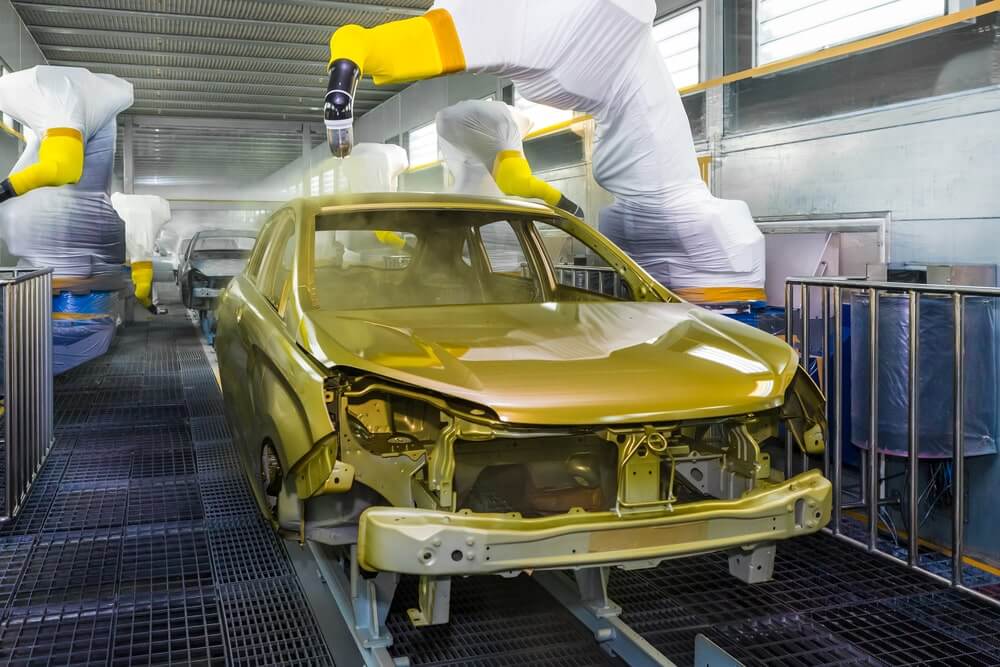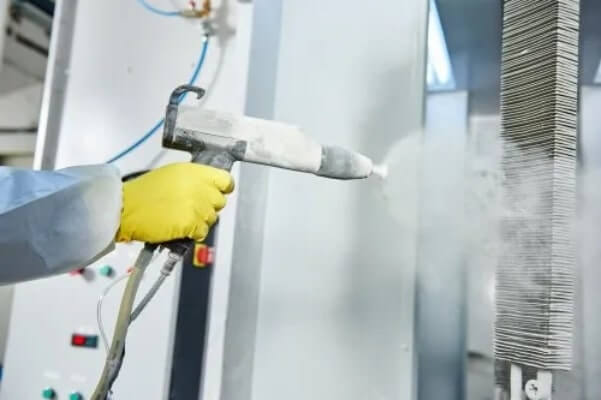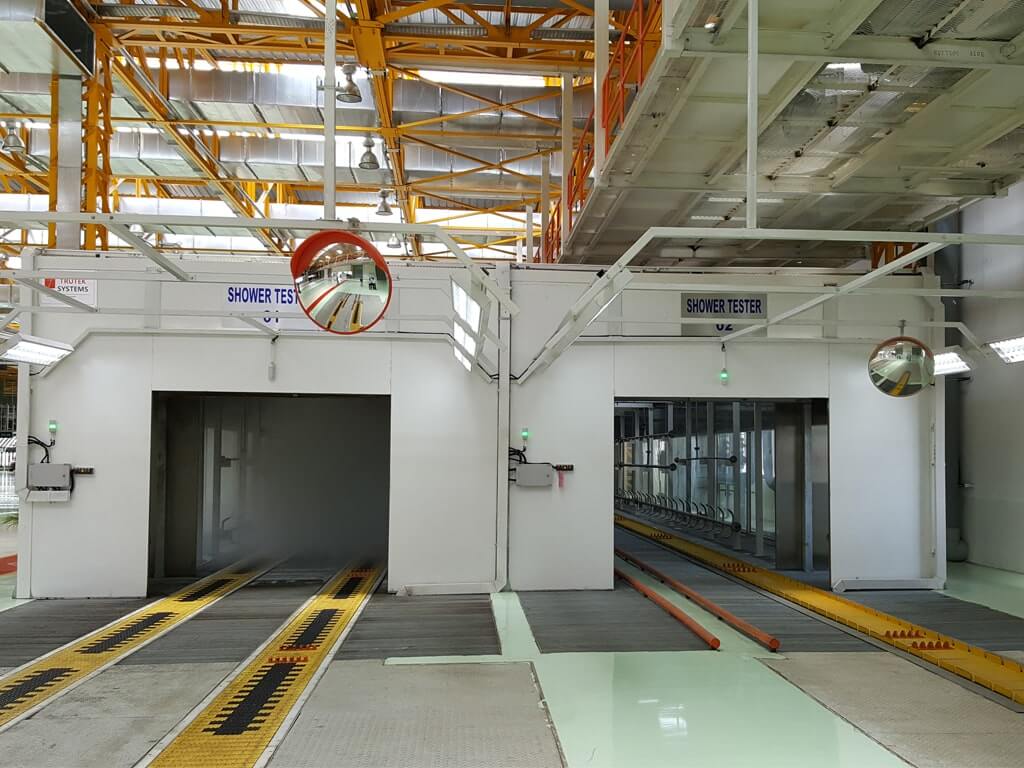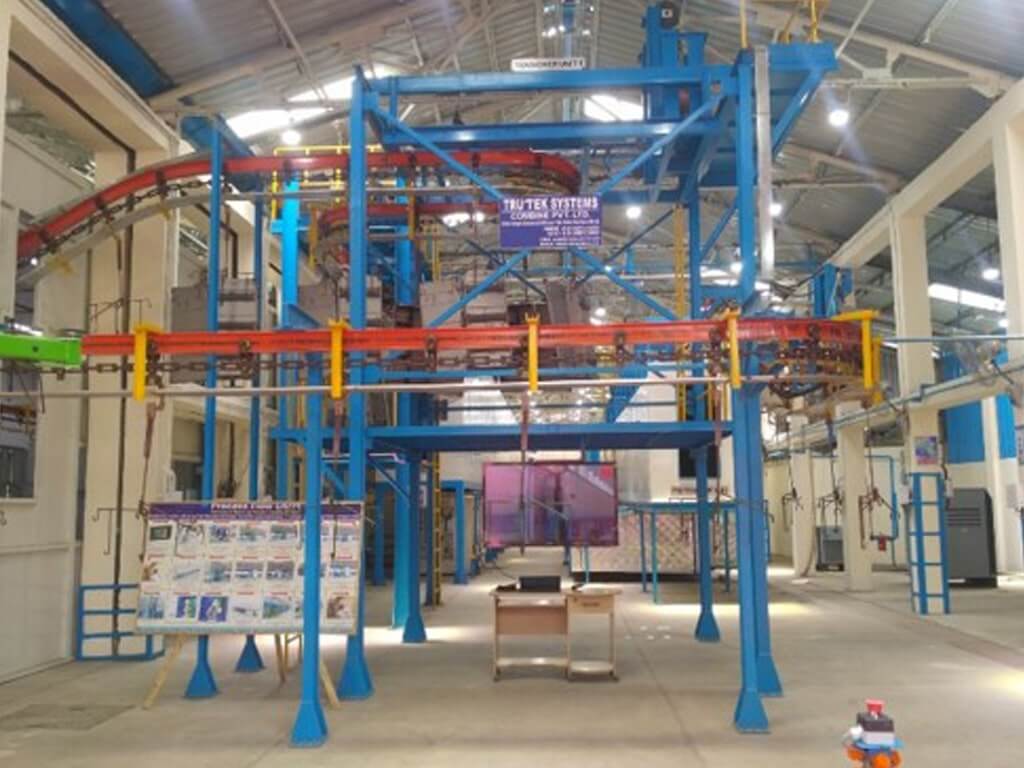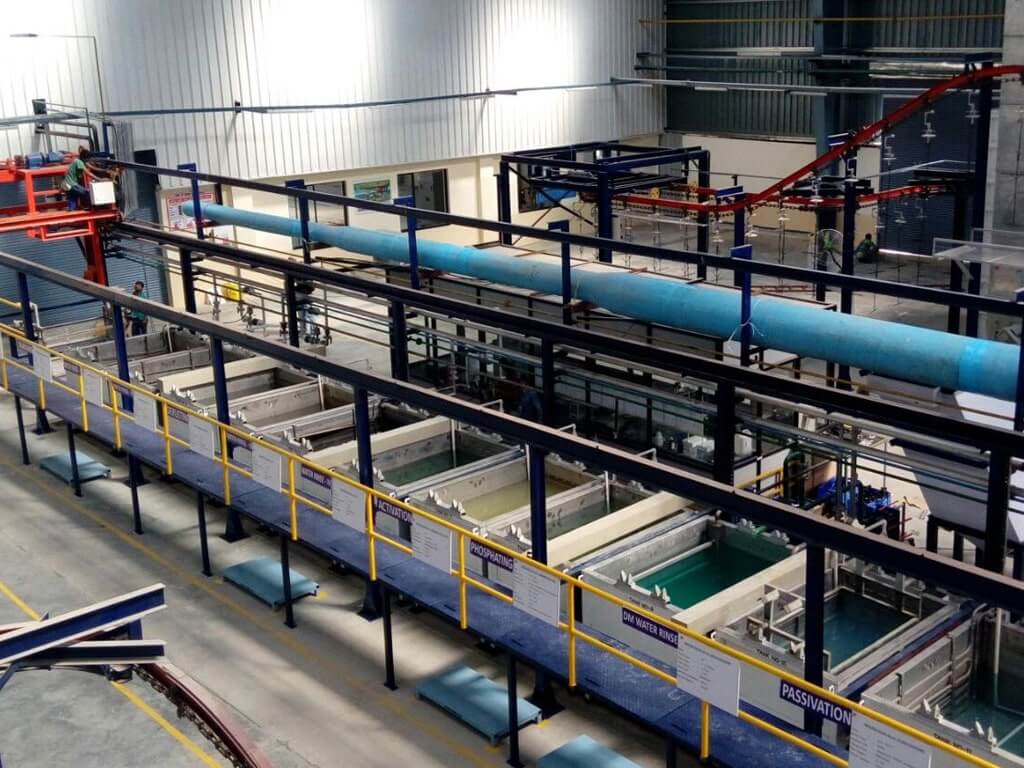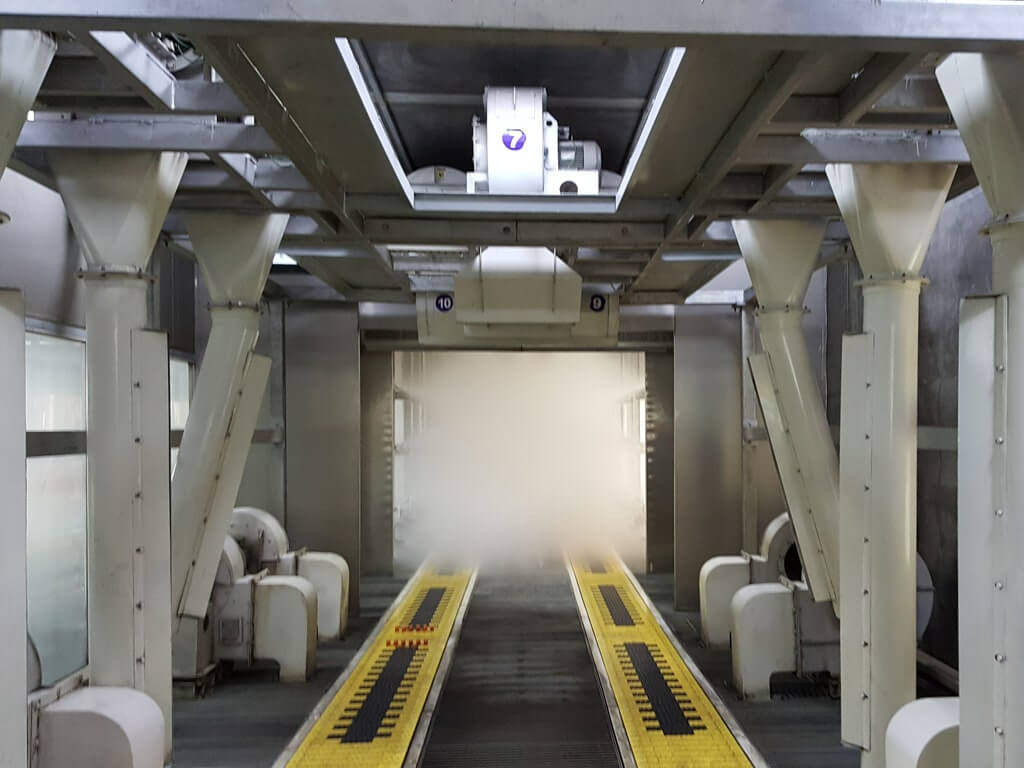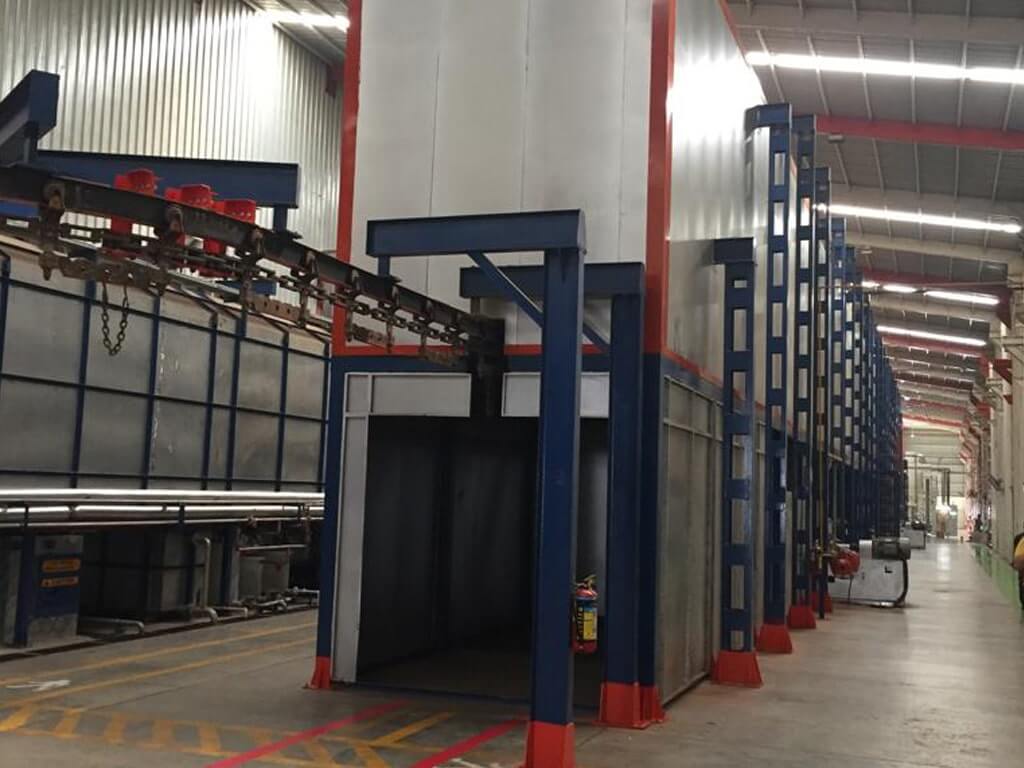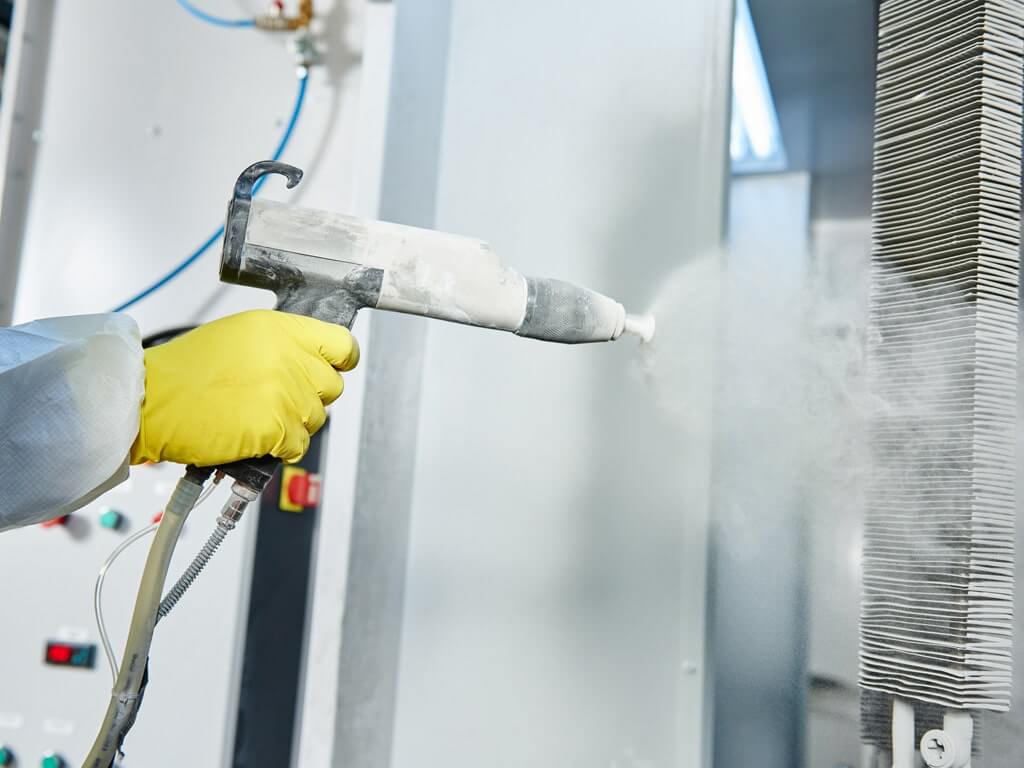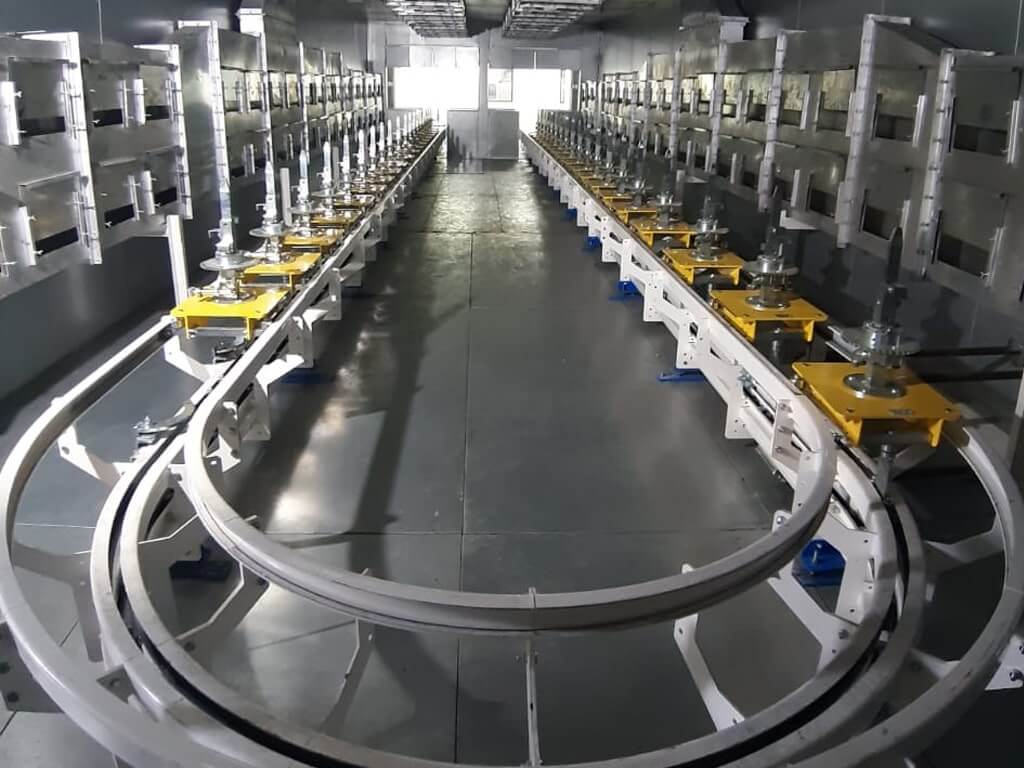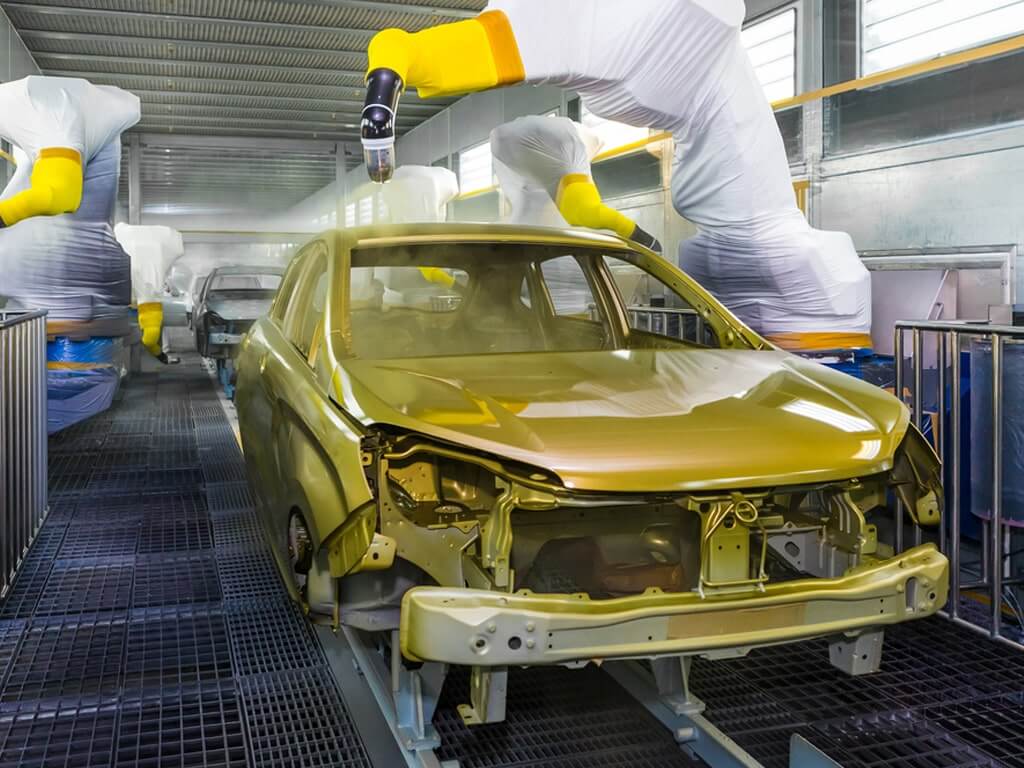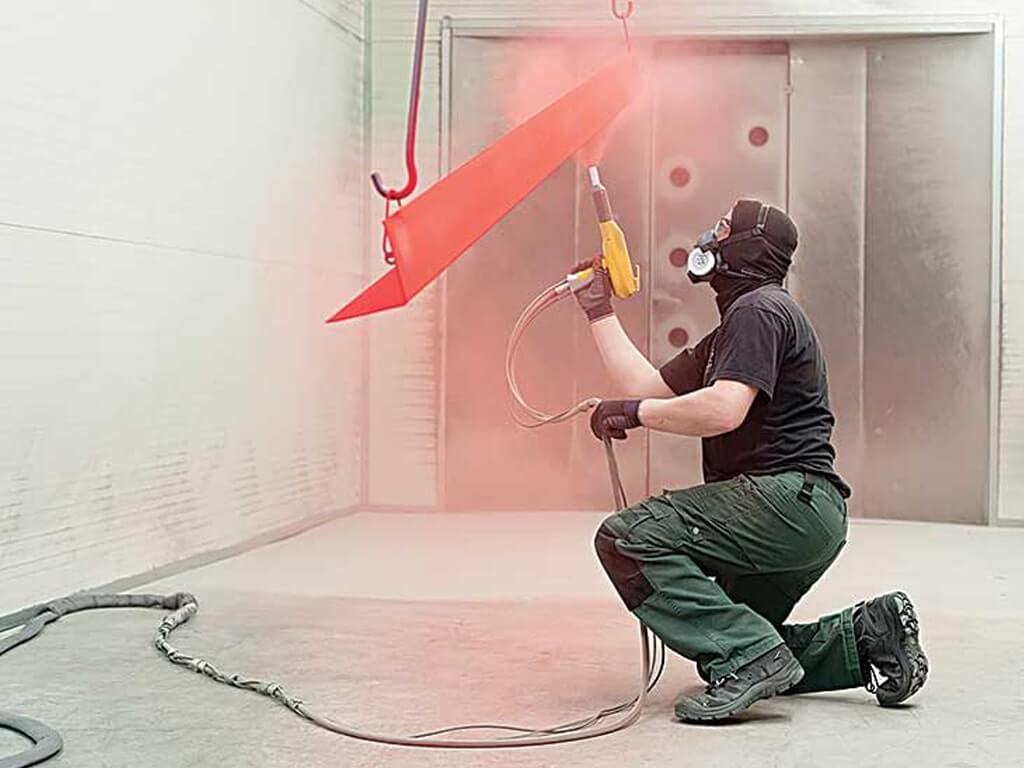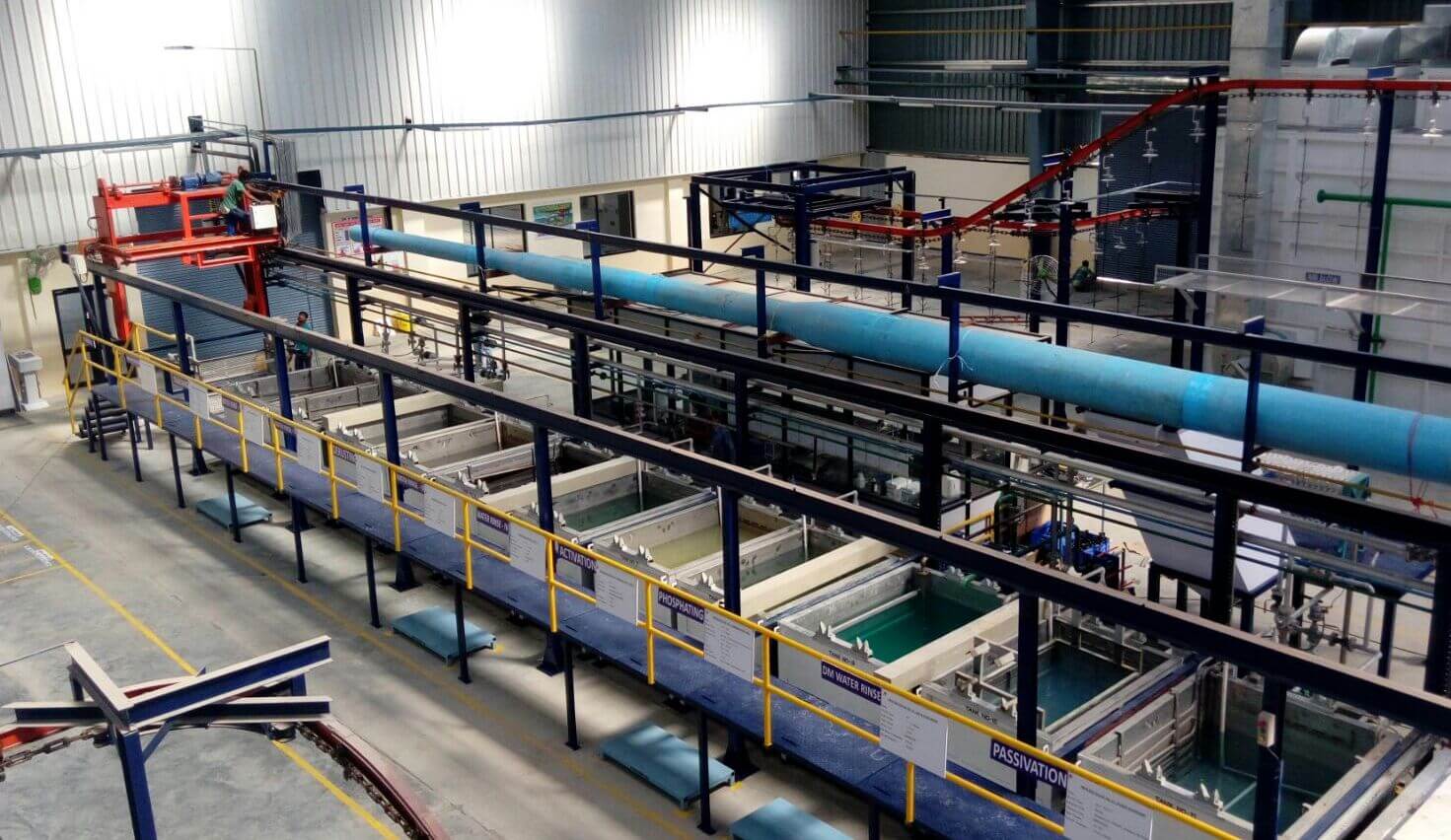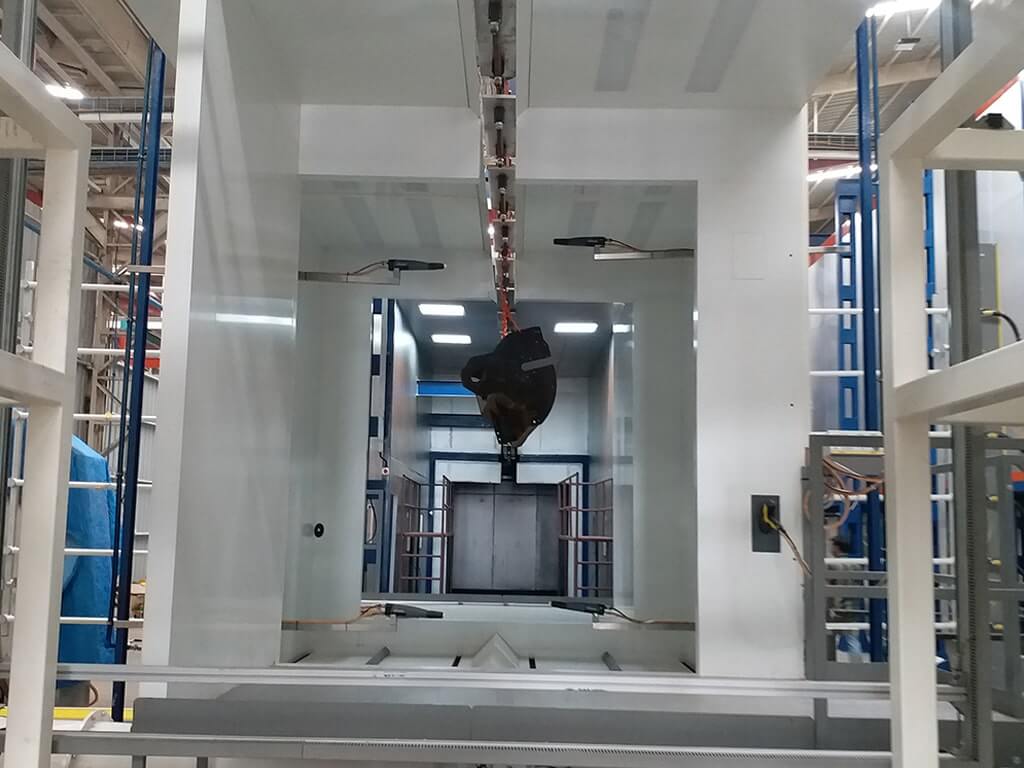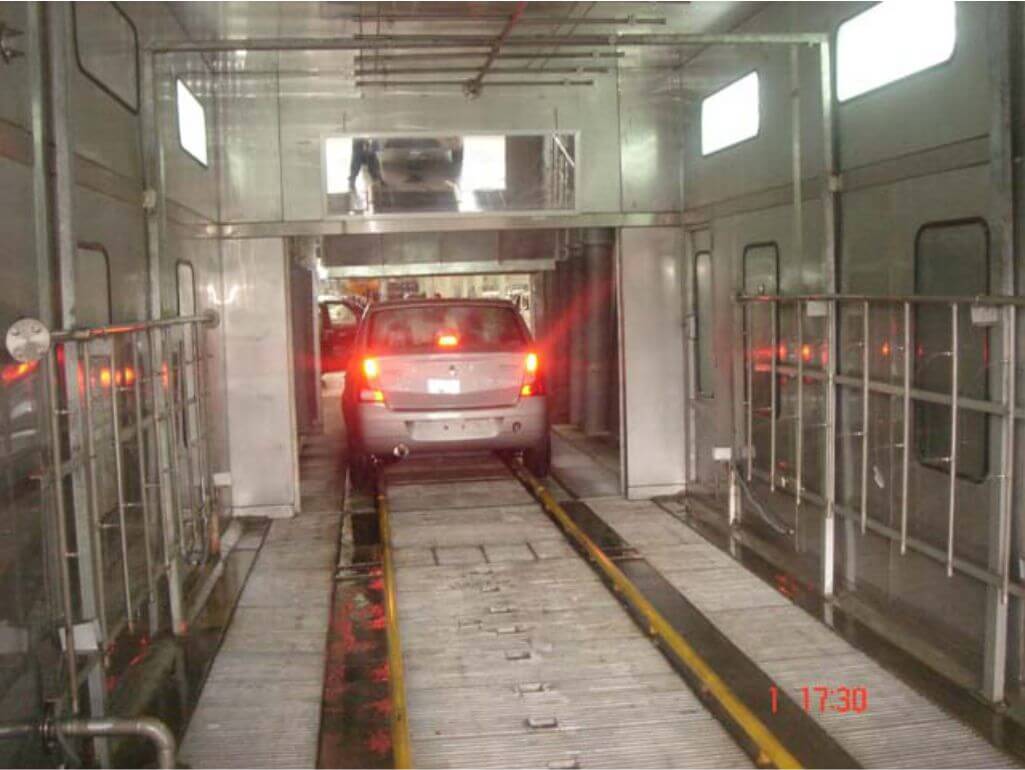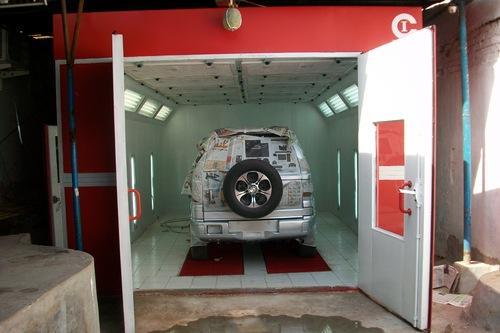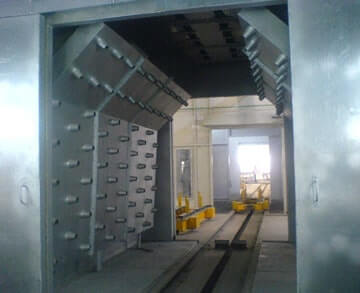.png)
The Role of Pretreatment Systems in Preventing Galvanic Corrosion
Galvanic corrosion is a significant concern in industries where metals are exposed to harsh environments. This type of corrosion occurs when two dissimilar metals come into electrical contact in the presence of an electrolyte, leading to more anodic metal corroding faster than it would alone. Preventing galvanic corrosion is crucial for extending the lifespan of metal components and maintaining the integrity of structures. One of the most effective ways to prevent galvanic corrosion is through the use of pretreatment systems. These systems play a critical role in preparing metal surfaces for subsequent coatings, ensuring enhanced corrosion resistance and durability.
Understanding Galvanic Corrosion
Galvanic corrosion occurs due to the electrochemical interaction between two different metals when they are in contact with an electrolyte, such as water or moisture. This interaction creates a galvanic cell, where one metal acts as the anode and the other as the cathode. The anode undergoes oxidation (corrosion), while the cathode remains protected. Factors that influence galvanic corrosion include the types of metals involved, their relative positions in the galvanic series, the conductivity of the electrolyte, and the surface area ratio of the metals.
The Importance of Pretreatment Systems
Pretreatment systems are designed to clean and prepare metal surfaces before applying protective coatings. These systems remove contaminants such as oil, grease, dirt, and oxides, ensuring a clean surface for coating adhesion. Effective pretreatment is essential for preventing galvanic corrosion, as it provides a uniform and stable base for subsequent protective layers.
Key Benefits of Pretreatment Systems:
- Surface Cleaning and Degreasing Pretreatment systems thoroughly clean the metal surface, removing oils, greases, and other contaminants that can interfere with coating adhesion. This step is crucial because any residue left on the surface can create weak points where corrosion can initiate.
- Oxide and Scale Removal Metal surfaces often have oxides and scales that form during manufacturing processes. Pretreatment systems effectively remove these oxides, exposing a fresh, clean metal surface that is better suited for coating application.
- Improved Coating Adhesion A clean and properly pretreated surface ensures that protective coatings adhere more effectively. Improved adhesion is vital for creating a barrier that protects the metal from environmental factors that can lead to galvanic corrosion.
- Enhanced Corrosion Resistance Pretreatment systems often include chemical treatments that enhance the corrosion resistance of the metal surface. These treatments can create a passive layer that reduces the metal’s reactivity, further protecting it from galvanic corrosion.
Types of Pretreatment Processes
Several pretreatment processes are commonly used to prepare metal surfaces for coating. Each process has its specific advantages and applications, depending on the type of metal and the environmental conditions it will face.
- Mechanical Cleaning: Mechanical cleaning involves using abrasive materials or tools to remove contaminants from the metal surface. Methods include sandblasting, wire brushing, and grinding. Mechanical cleaning is effective for removing heavy scales and rust.
- Chemical Cleaning: Chemical cleaning uses acids or alkalis to dissolve and remove contaminants from the metal surface. Common chemical cleaning processes include pickling, where acids remove oxides and scales, and alkaline cleaning, which removes organic contaminants like oils and greases.
- Phosphating: Phosphating is a chemical pretreatment process that applies a phosphate coating to the metal surface. This coating improves paint adhesion and provides moderate corrosion resistance. It is commonly used in the automotive and appliance industries.
- Chromating: Chromating involves applying a chromate conversion coating to the metal surface. This coating enhances corrosion resistance and improves the adhesion of subsequent paint layers. Chromating is widely used for aluminum and zinc-coated surfaces.
- Anodizing Anodizing is an electrochemical process that increases the thickness of the natural oxide layer on the surface of metal parts. This process enhances corrosion resistance and wear properties, primarily used for aluminum components.
Implementing an Effective Pretreatment System
To implement an effective pretreatment system, several factors must be considered, including the type of metal, the environmental conditions it will face, and the specific requirements of the protective coatings to be applied. It is essential to choose the appropriate pretreatment process and ensure that it is carried out correctly to achieve the desired level of protection against galvanic corrosion.
Steps to Implement an Effective Pretreatment System:
- Assessment of Metal Type and Condition: Evaluate the type of metal and its current condition to determine the most suitable pretreatment process.
- Selection of Pretreatment Chemicals: Choose the right chemicals and solutions based on the metal type and the contaminants present.
- Application of Pretreatment Process: Apply the selected pretreatment process, ensuring thorough cleaning and preparation of the metal surface.
- Rinsing and Drying: Rinse the treated metal to remove any residual chemicals and dry it completely to prevent any moisture-related issues.
- Quality Control and Inspection: Perform quality control checks to ensure the pretreatment process has been effective and the metal surface is ready for coating.
Protect your metal components from galvanic corrosion with Trutek Systems' advanced pretreatment solutions. Based in Pune, Maharashtra, we offer state-of-the-art pretreatment systems in India designed to ensure superior coating adhesion and enhanced corrosion resistance.
Contact Trutek Systems today to learn more about our pretreatment services. Visit our website today.
Ensure the longevity and durability of your metal components with Trutek Systems—your trusted partner in corrosion prevention!

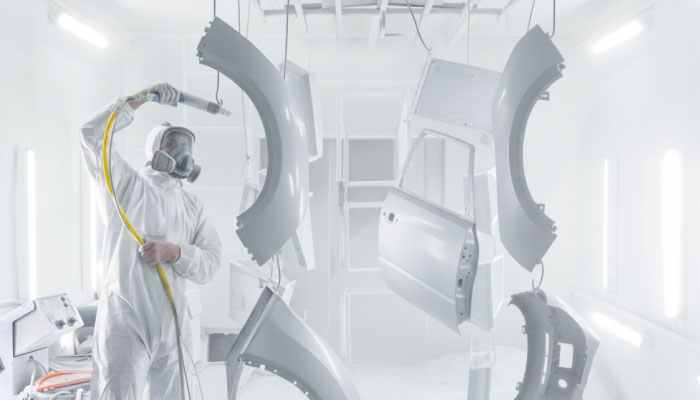
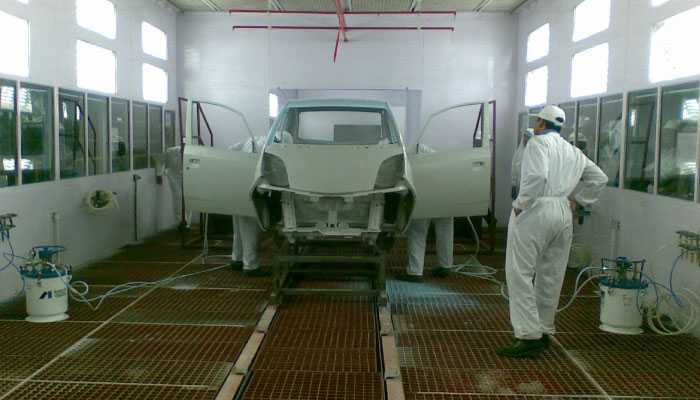
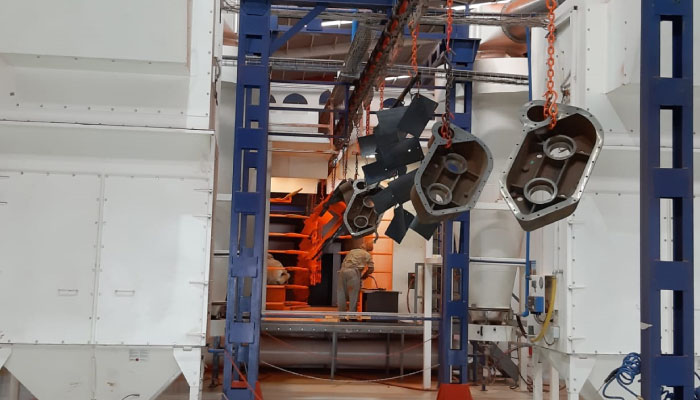
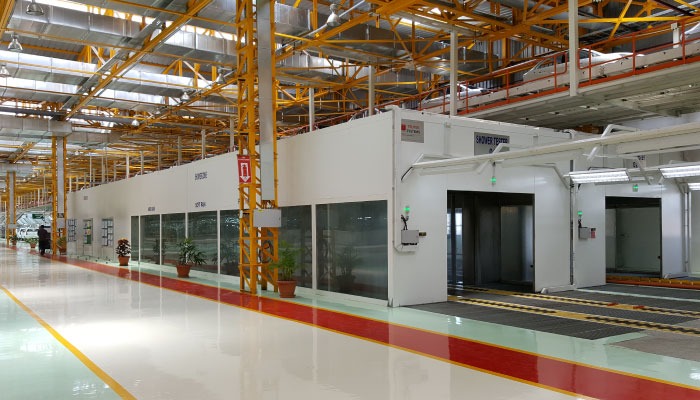
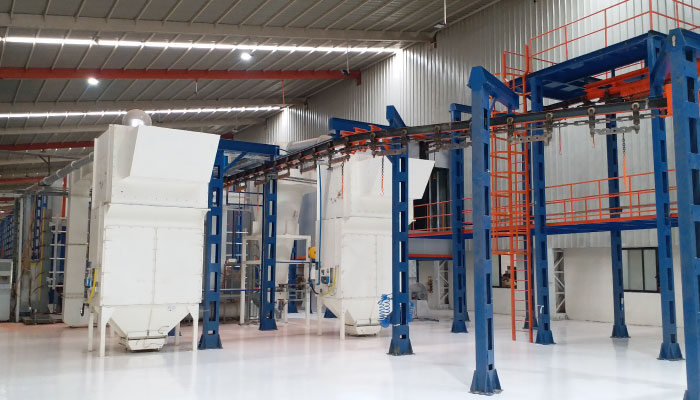
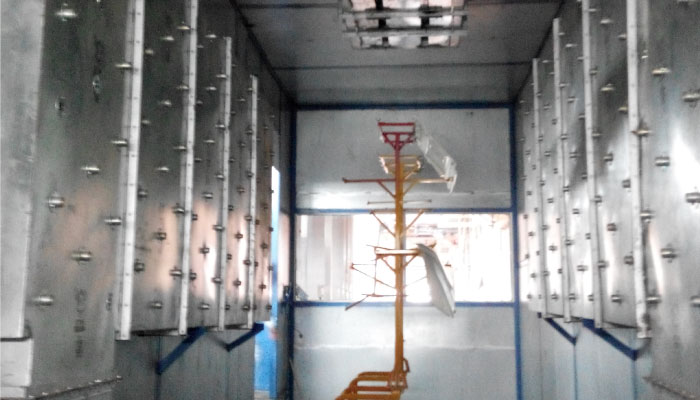
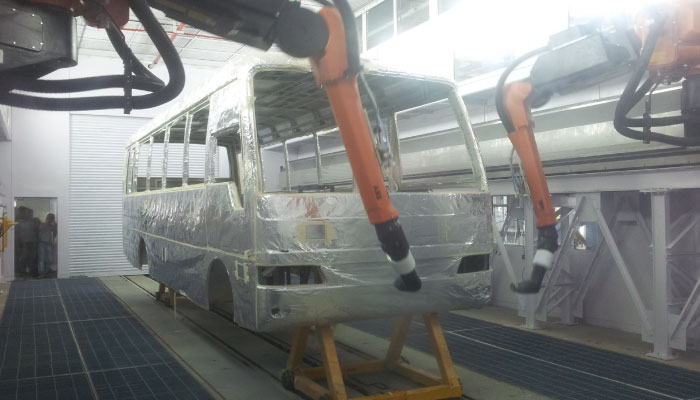

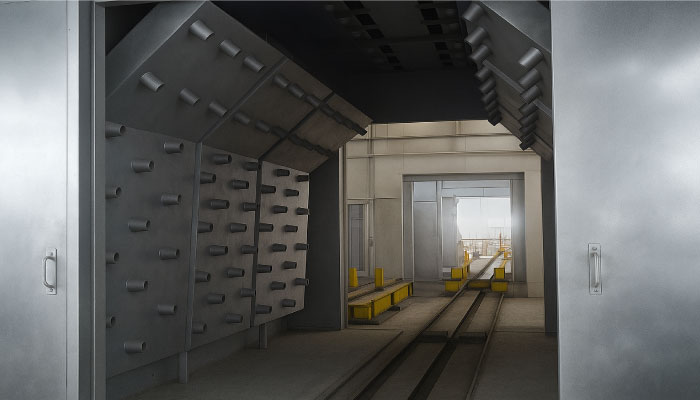
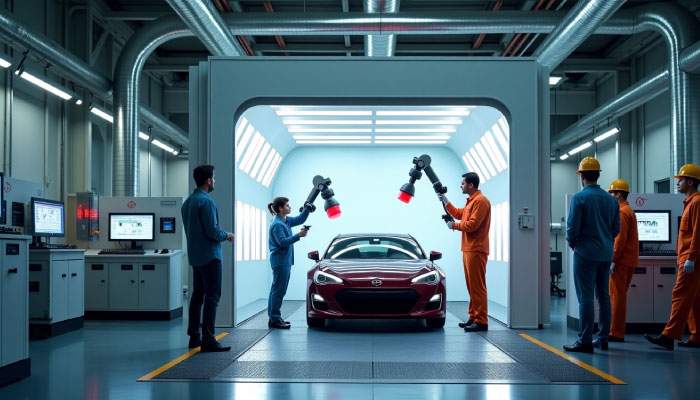
.jpg)
.jpg)

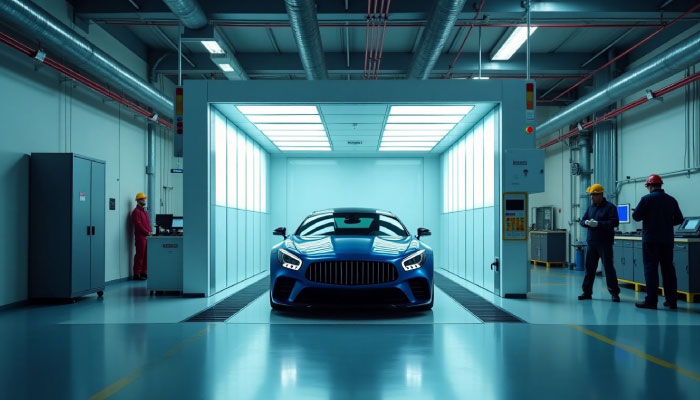
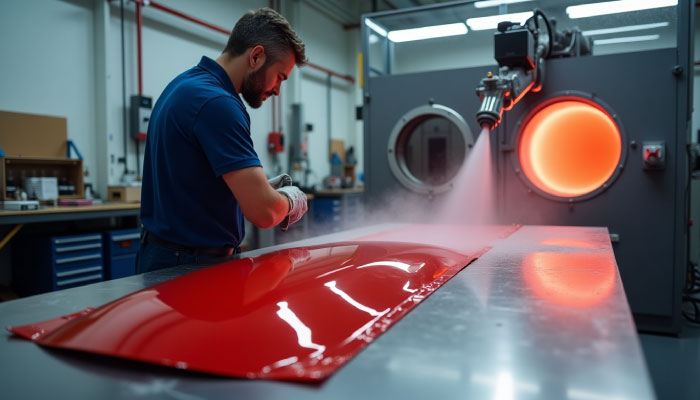


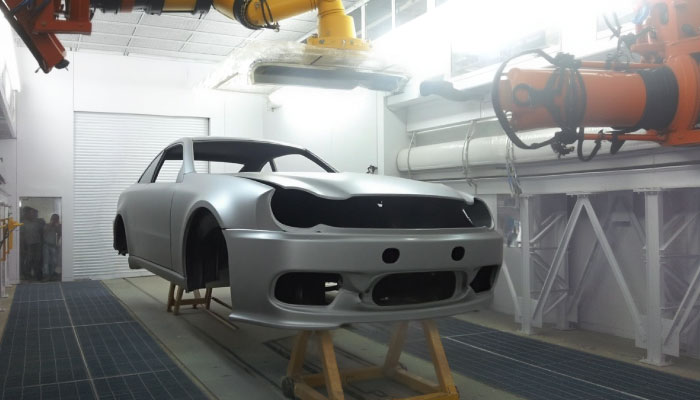
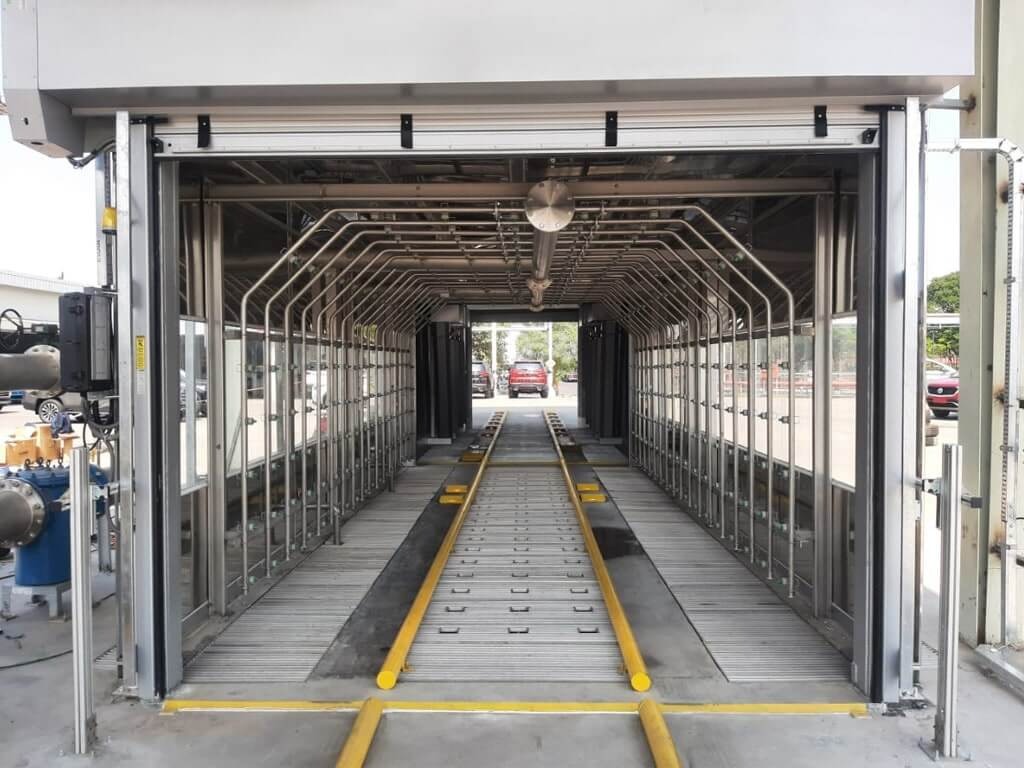
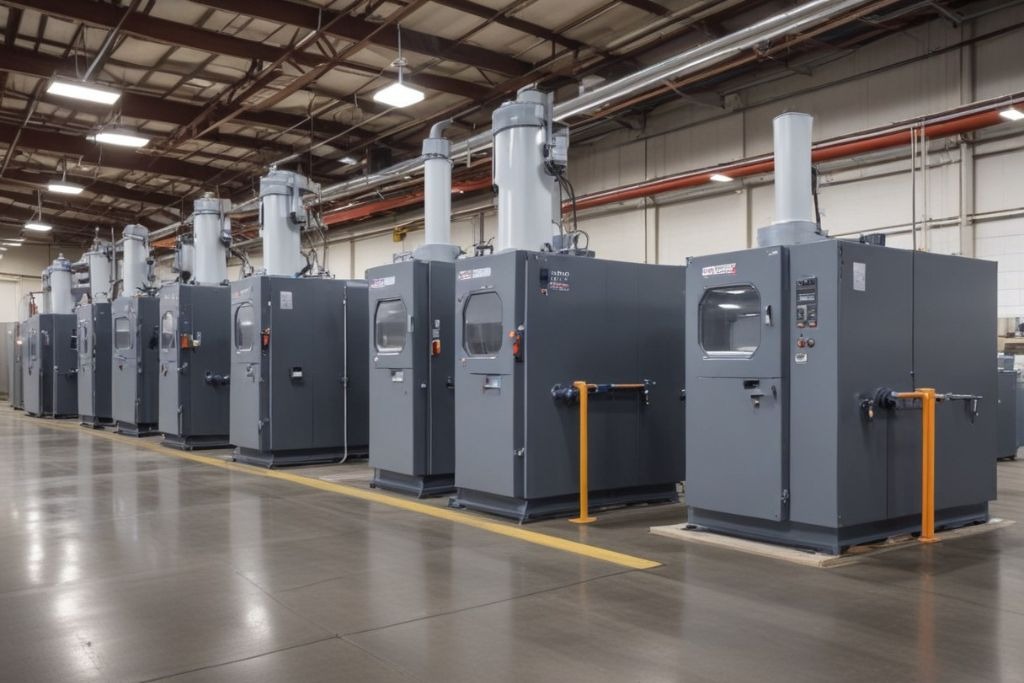
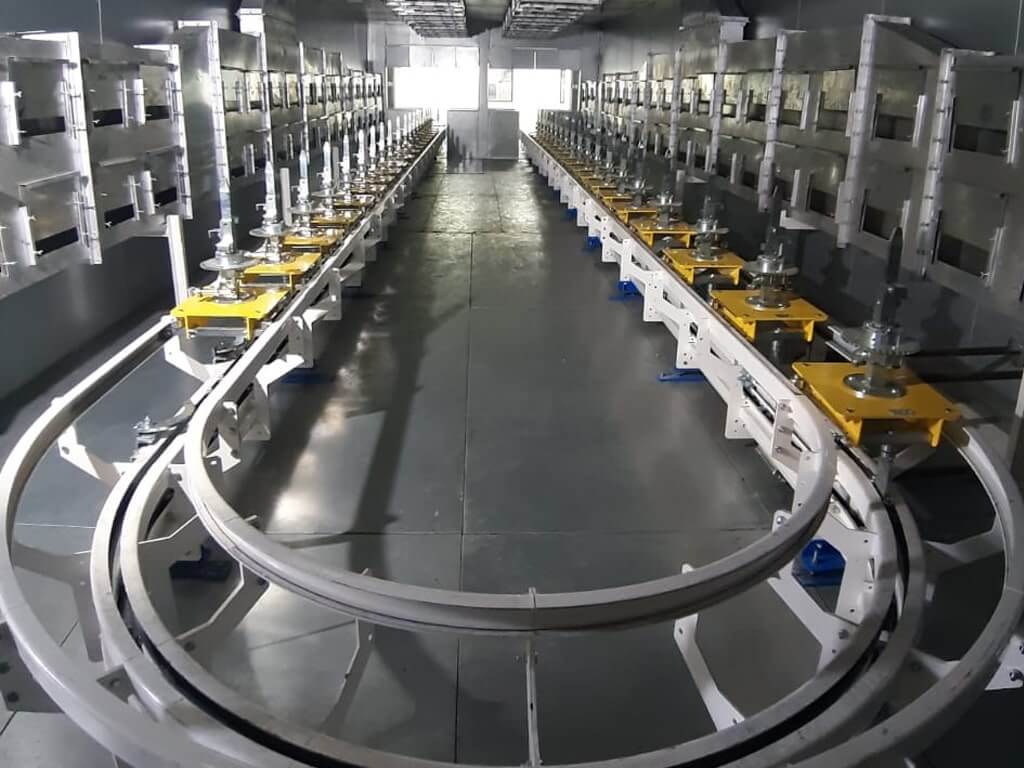
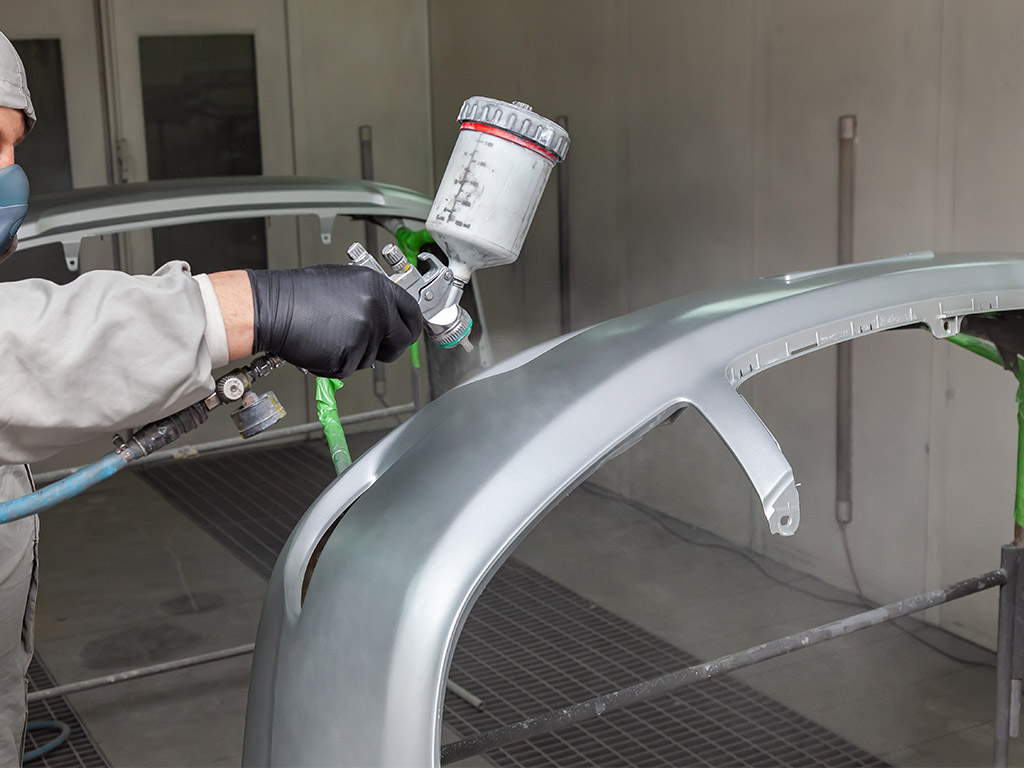
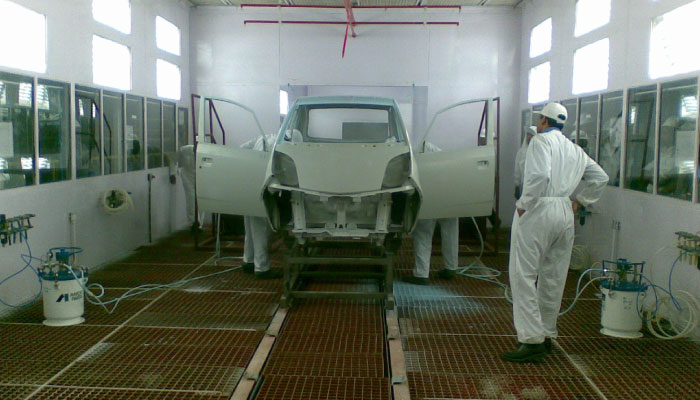
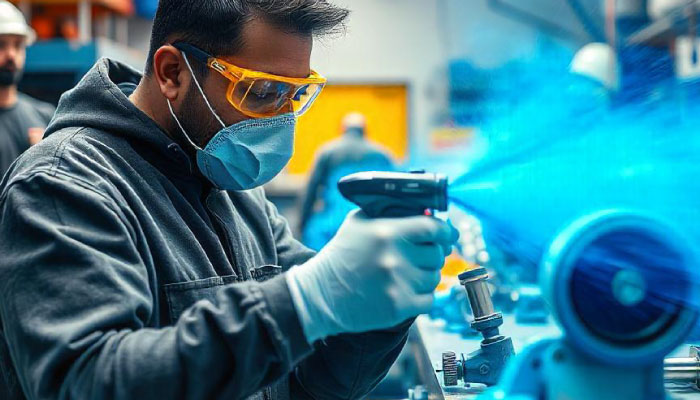
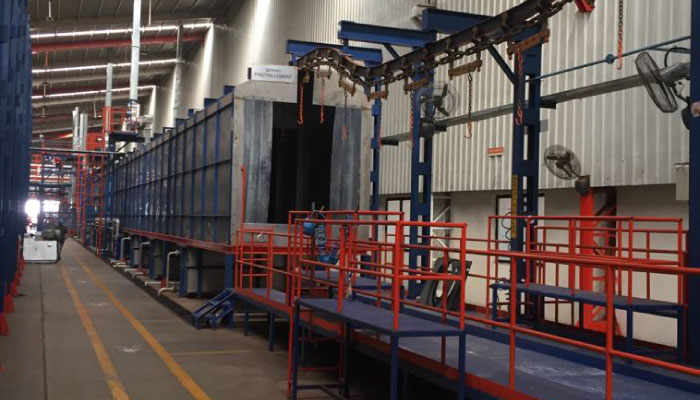
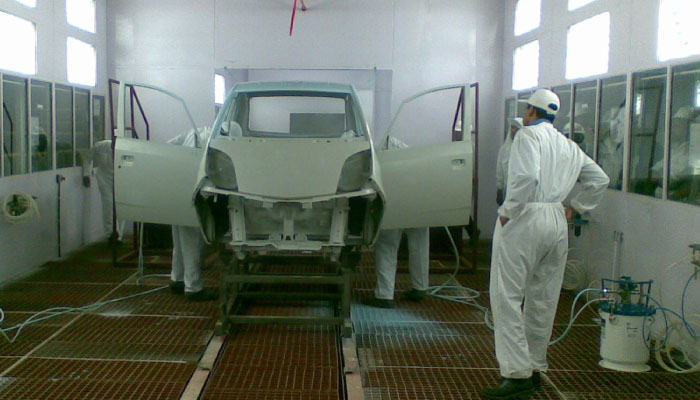
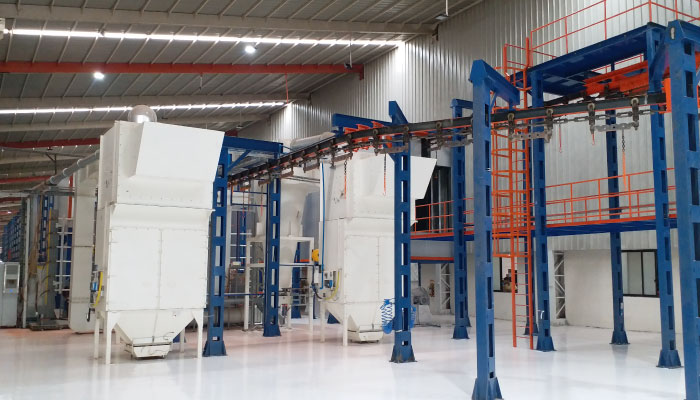
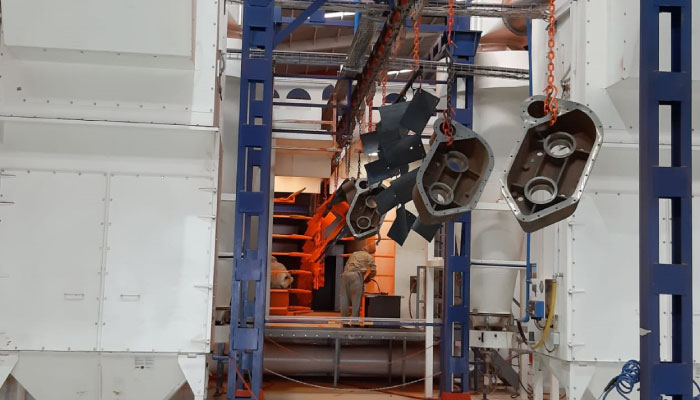
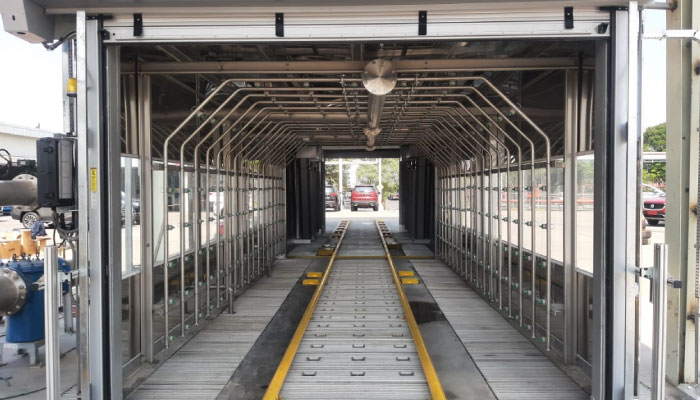
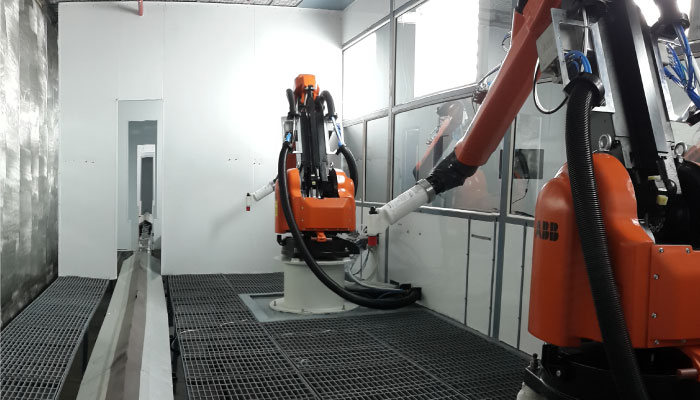
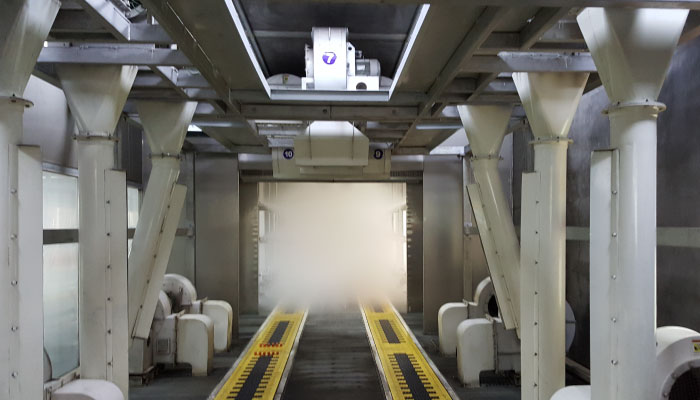
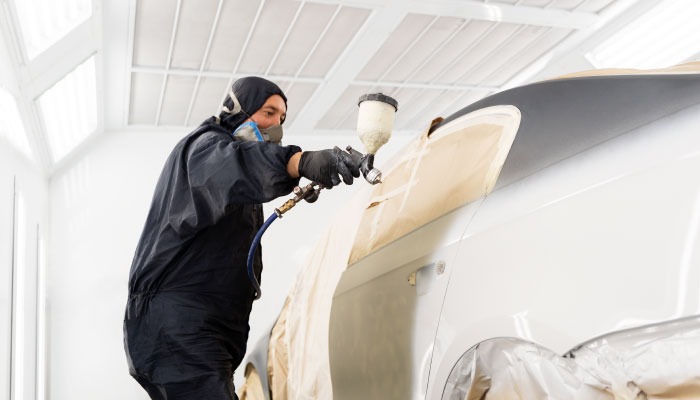

.png)
.jpg)
.png)
.jpg)
.jpg)
.jpg)
.jpg)
.jpg)
.jpg)
.jpg)
.jpg)
.jpg)
.jpg)
.jpg)
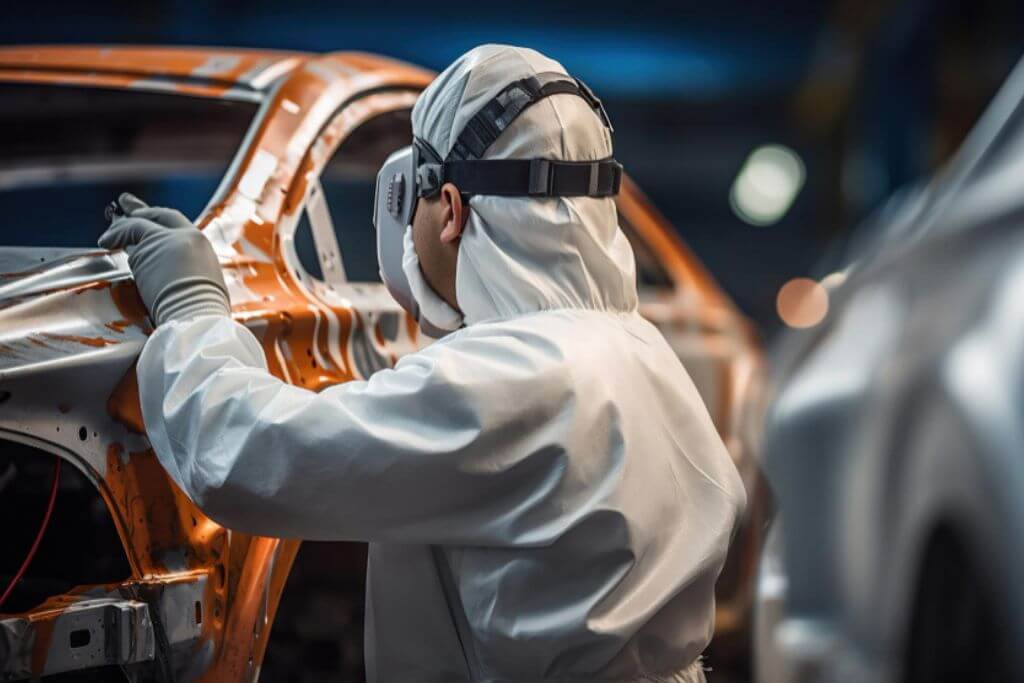
hh.jpg)
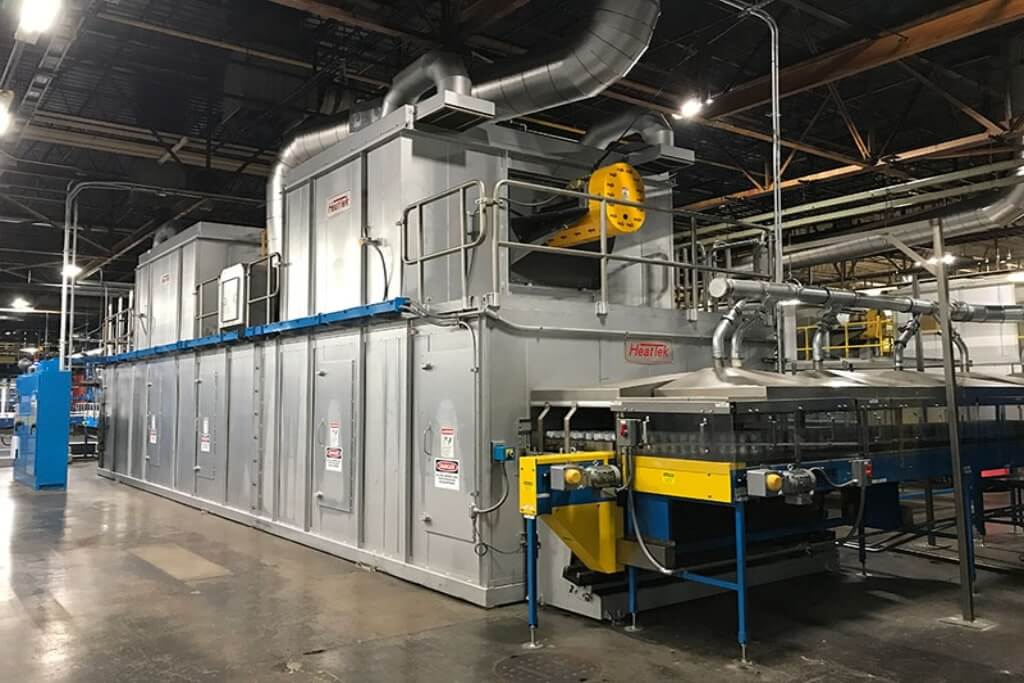
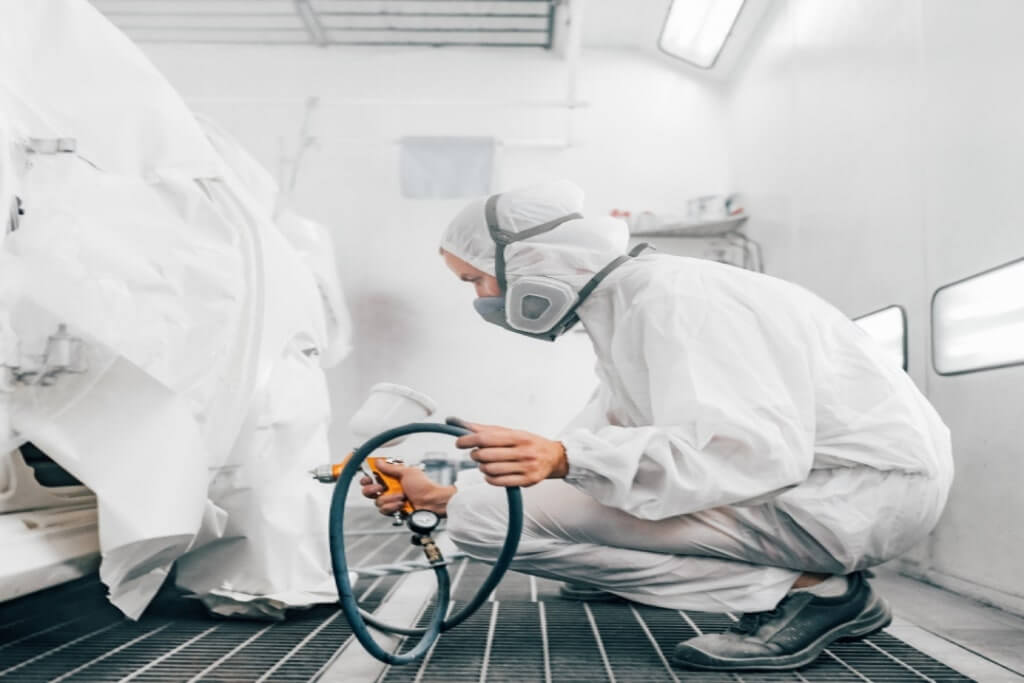
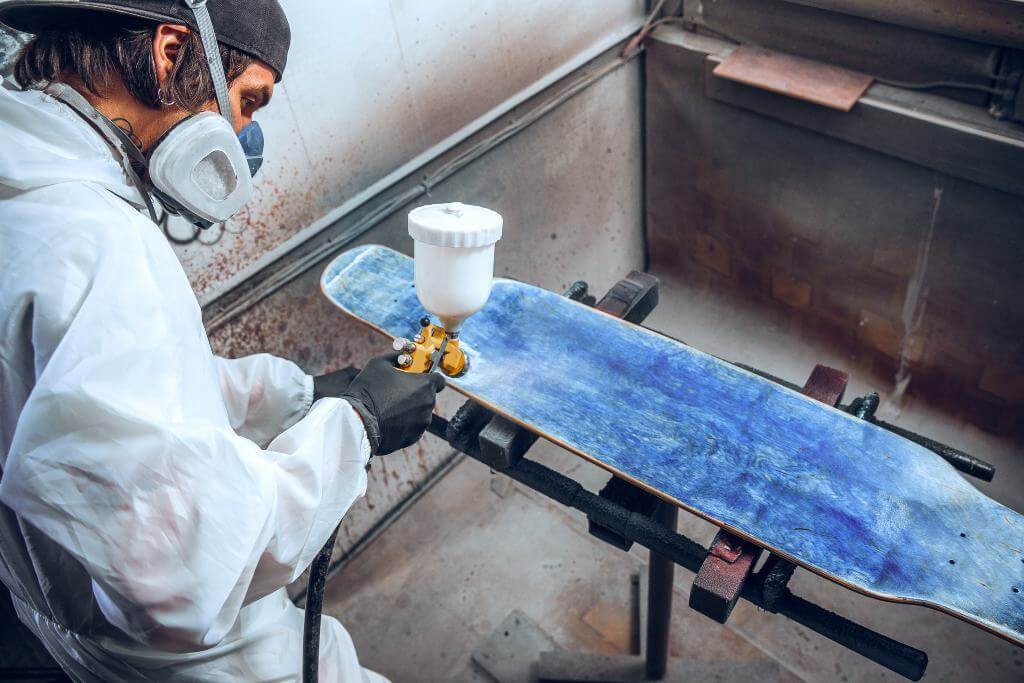
5.jpg)
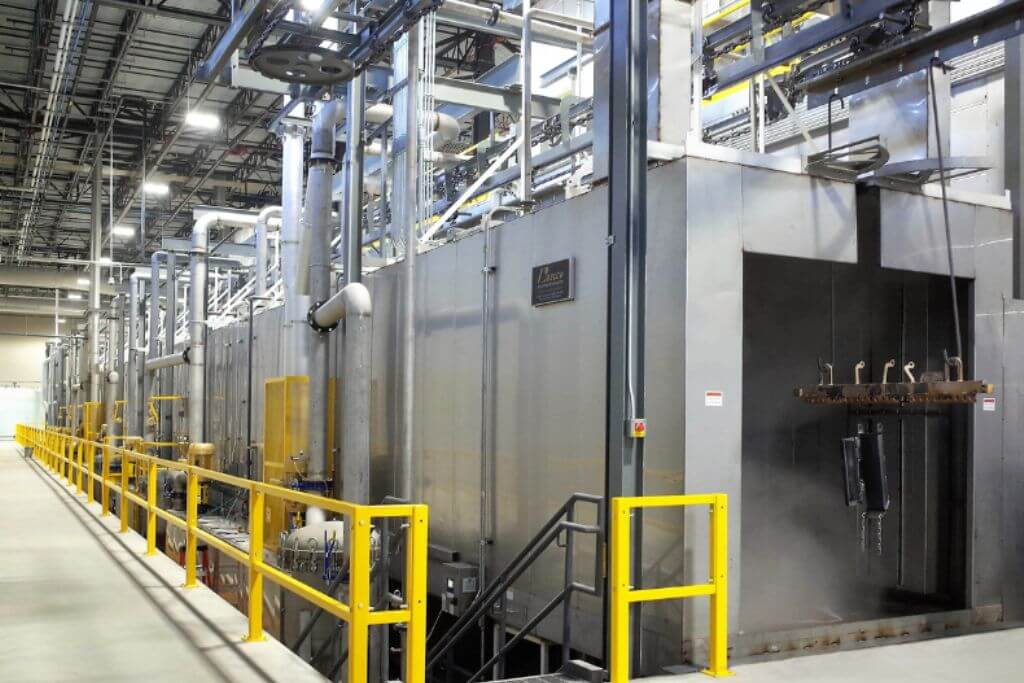
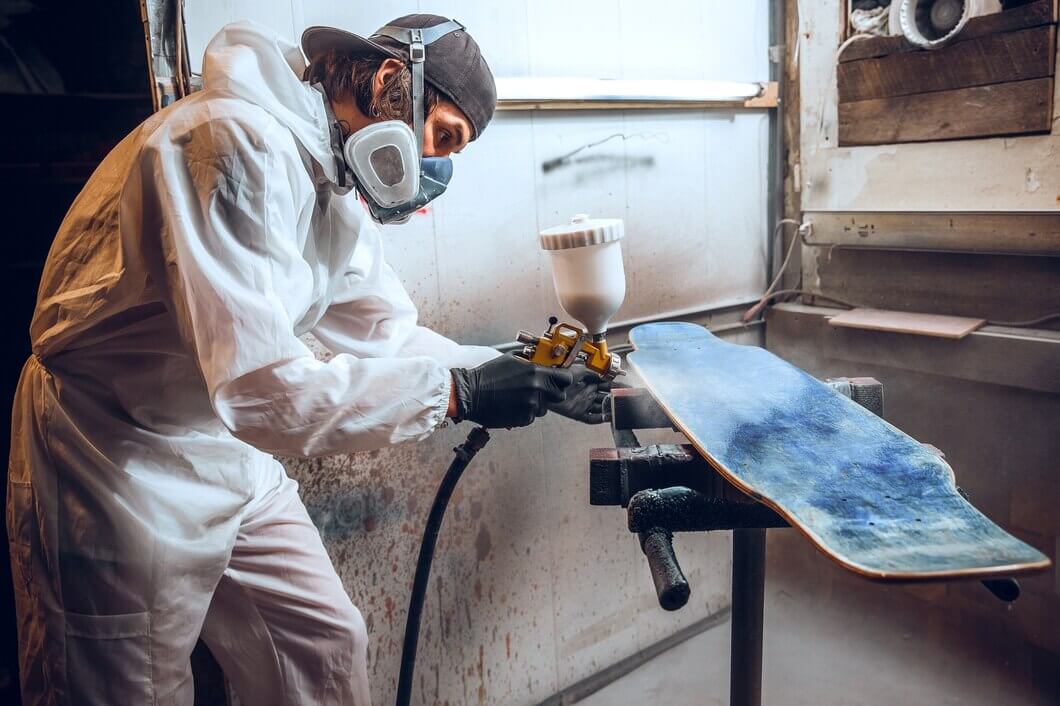
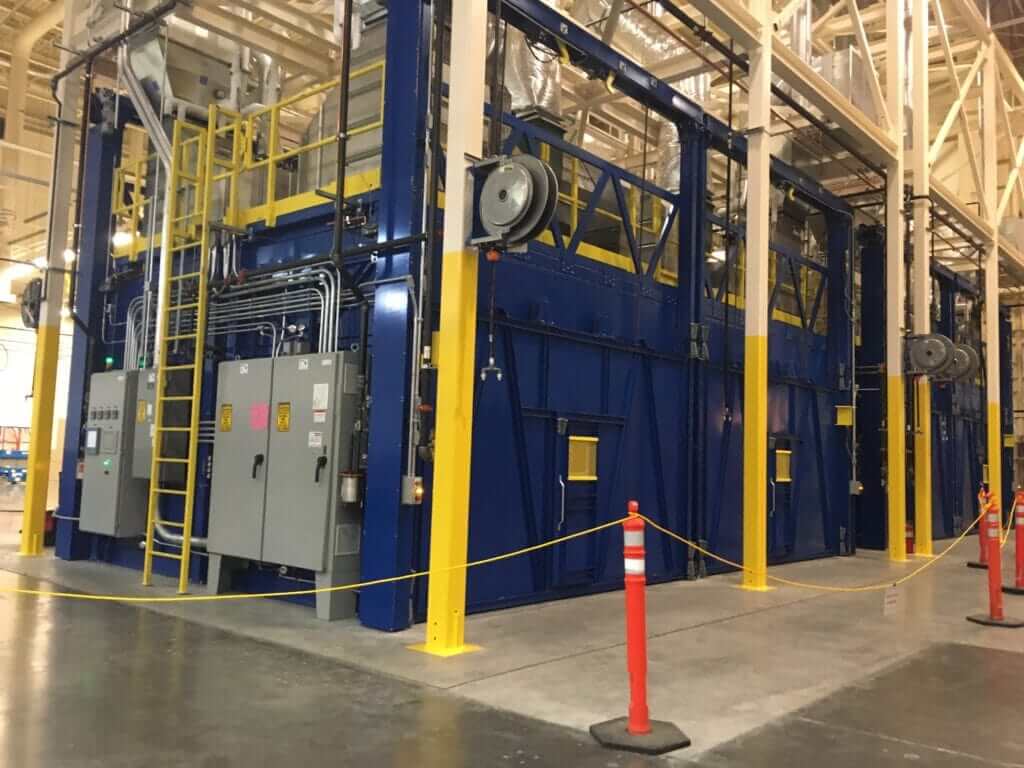
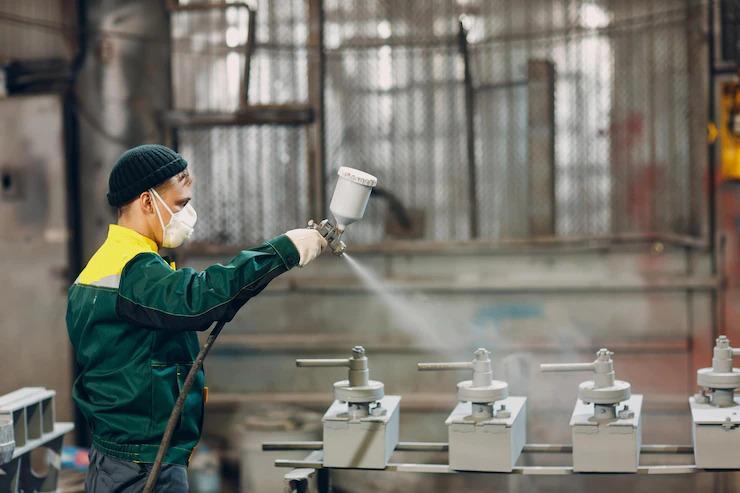
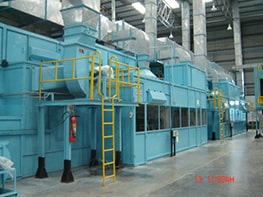
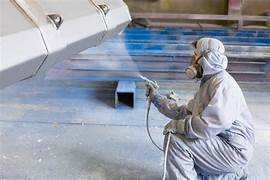
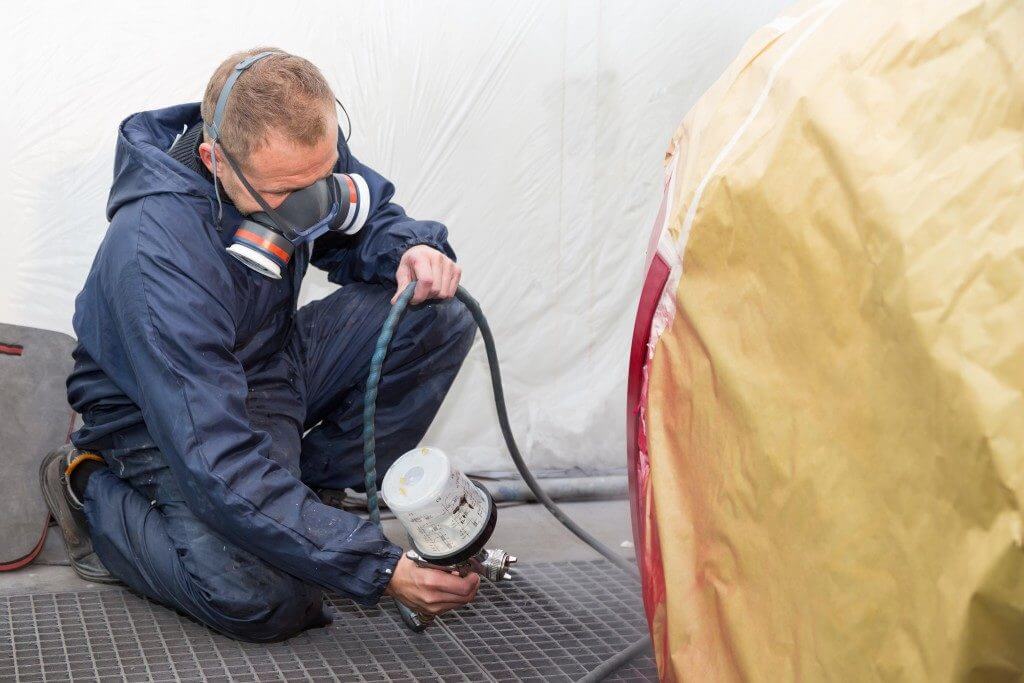
.jpg)
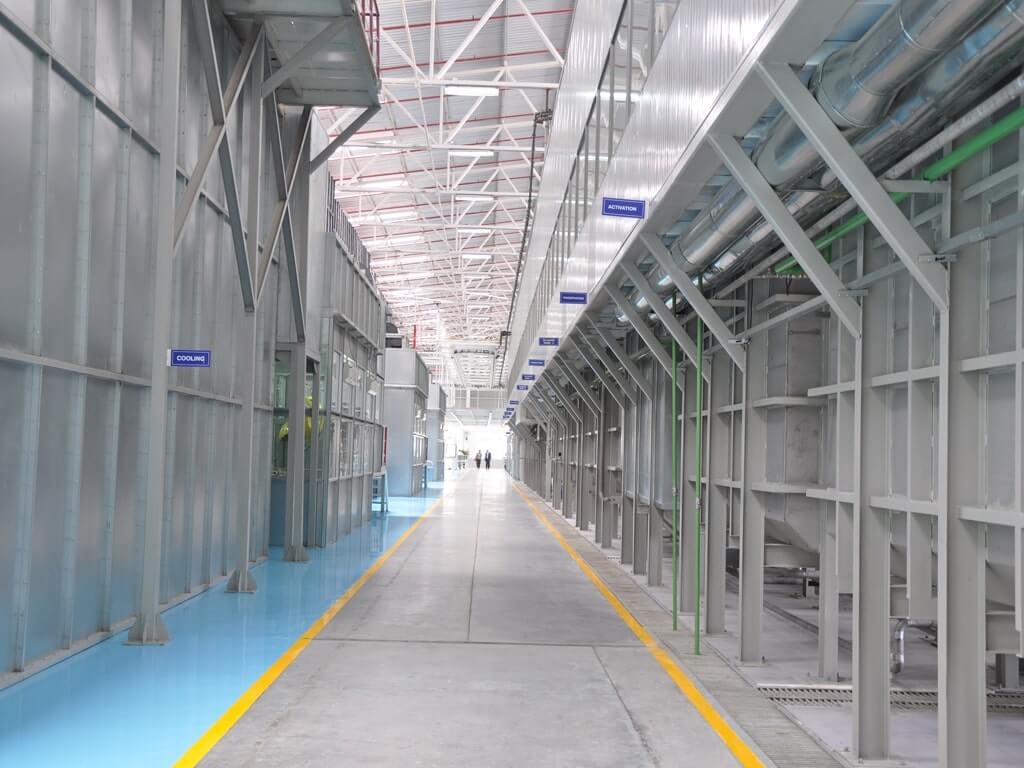
.jpeg)
